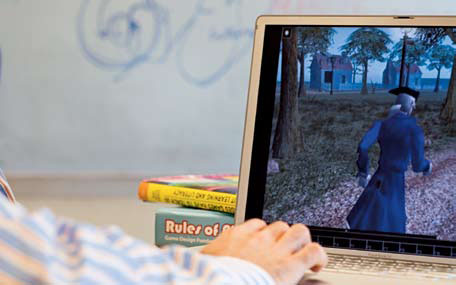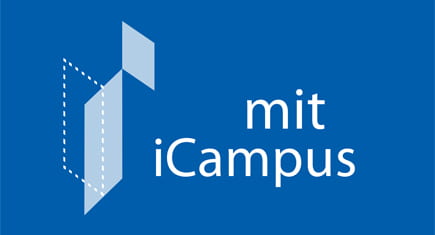
June 2001–August 2003
This project was an interdisciplinary collaboration between faculty, staff, and students across humanities, sciences, and engineering to develop a series of conceptual prototypes for teaching science and engineering courses with games at the advanced high school and early college levels. The project developed 10 game concepts to support learning and explored best practices in gaming and how to best apply them in education. The conceptual prototypes consisted of game design information, original creative artwork, sets of pitch materials, accompanying pedagogical rationale, and storyboards of user experiences and game play.
“What happens when you combine MIT-quality science, math, and engineering content with cutting-edge game play? Confronting this challenge forces us to not only expand the creative and technical possibilities of an emerging medium but also to better understand its cultural, social, and intellectual contexts. The Games to Teach project has allowed us to blow the lids off those dusty boxes of educational games we’ve come to regard as ineffective, uninteresting, and tedious. Our research has already attracted enormous interest from leaders in both industry and education.”
—Professor Henry Jenkins, Literature: Comparative Multimedia Studies
The goal of these prototypes was to provide grounded examples of next-generation educational gaming that would spark interest and dialogue among the game developer communities, interactive entertainment industry, leaders in higher education, and government and consortium funders.
Investigators: Prof. Henry Jenkins, Literature: Comparative Multimedia Studies; Randy Hinrichs, Microsoft Research
